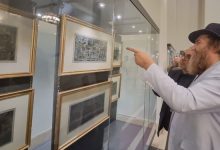Ataturk’s wife was veiled / The wife of Justice Minister Reza Khan was unveiled
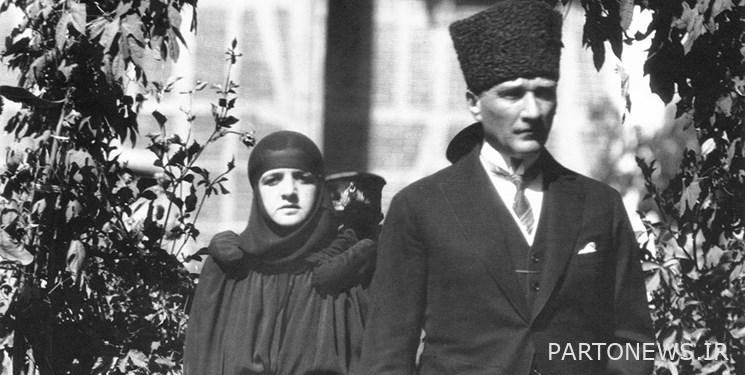
group Life; نعیمه Eternal: 17 December 1314, a law was passed in the period and by the order of the first Pahlavi, whose name was recorded in history as “discovery of hijab”. A law that some believe is more than a “discovery” and should be called a “ban on hijab” because, following its implementation in every corner of the country, violent treatment of veiled women was forcibly removed from their heads, chadors and headscarves in public. . Even the women who took refuge in wearing long shirts and scarves were not spared. These statements and other issues in this report are evidence of oral and recorded memories in the contemporary history of Iran and can be examined.
Whisper of discovering the hijab before Pahlavi
The rise of hijab in Iran dates back to before the Pahlavi period. The Qajar Persian kings, especially Nasser al-Din and Muzaffar al-Din Shah, were stunned by Western women when they went on foreign trips. The figures who went to the West to study and attract different groups returned to the country a little later in the awe of the intellectuals, calling almost everything old Iran and saying that modernity is the solution to make Iran like Europe. From that period onwards, some women and girls of the harem, especially the Nasiri harem, attended parties and feasts without hijab. This is why the lack of hijab in Iran was gradually associated with intellectualism and progress. One of the most famous discoveries of Qajar hijabs, however, was related to “Fatemeh Barghani Qazvini” nicknamed “Tahereh Qara Al-Ain”, who took off her veil and hijab in support of “Seyyed Ali Mohammad Bab”, the leader of the deviant movement “Babi”.
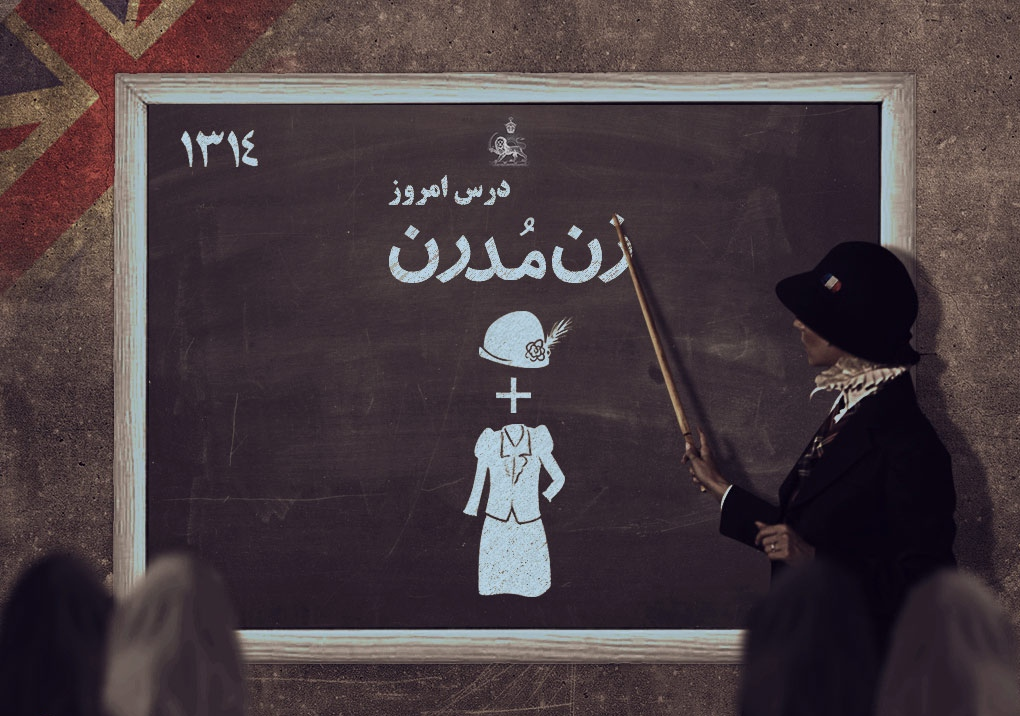
Word for word to promote unveiling
Western intellectuals have gone and graduates of schools such as the American School in Tehran have done various things to normalize the lack of hijab in Iran. Apart from mixed private and semi-private circles, meetings and parties, which provided a platform for the promotion of Western thought among other Iranian youth, periodicals and articles were published from time to time. “Alam Nesvan” magazine has repeatedly published articles about women, wives, coat and skirts, make-up, equality between men and women, denouncing early marriage of girls, etc., but publishing several articles with harsh literature on denouncing and mocking women. Iranians and the Hijab angered the people, and the publication, which had been published for more than 12 years to present and instill a Western lifestyle to Iranian women, was shut down.
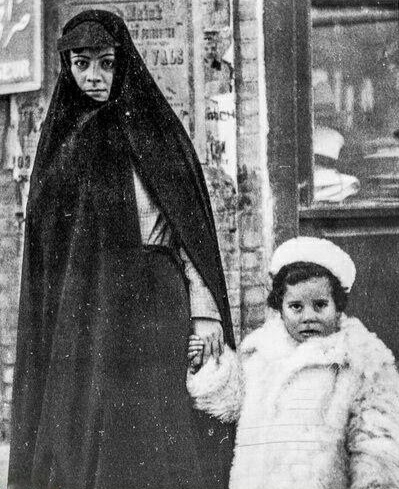
The story goes back to Afghanistan before Turkey
When Reza Shah ended the Qajar rule with the help of the British and laid the foundation of Pahlavi, he went to “Turkey” on his first and only foreign trip in 1313 AH. Many say that the beginning of the approval of the discovery of hijab in Iran is tied to the same visit of the Shah of Iran, but the historical study offers other signs. The year 1307, when the young and modernist king of Afghanistan, along with his unveiled wife, crossed the territory of Iran on a long European trip with the luxury cars they had bought, and became guests of the Pahlavi court. Queen Suraya of Afghanistan entered Iran without hijab and in awe of the western cover in public, which had not happened before. Due to the apparent simplicity of Reza Shah’s wife, Queen Soraya confused Timur Tash’s wife with the Queen of Iran, which caused a rift between the two. Some believe that it was after this that the Queen of Iran became more eager to show off her hat, and from then on she and her daughters were supposed to use national jewelry. “Amanullah Khan”, “Ataturk” and “Reza Shah” were three personalities who owed their rule to Britain in a certain way and in return they were supposed to take the necessary measures to implement the neo-colonial policies of the British in this region.
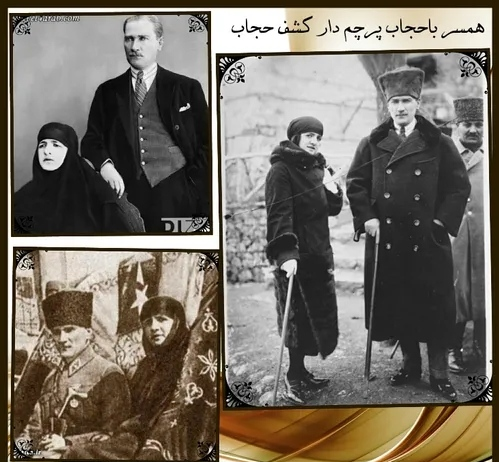
His wife Ataturk wore a hijab
Shah Pahlavi’s visit to Turkey a few years later, however, was a turning point in the preparation of the law on the discovery of the hijab. Reza Shah’s companions say that the Shah was sitting in the middle of the hall and was thinking. When he was called, he said in a puzzled tone, “Wow!” How far has Turkey progressed and become westernized? Following this trip, the Shah asks his Prime Minister Mahmoud Jam: “In Turkey, women have removed the veil and are working alongside men.” And other sentences. But her strange final sentence, as if to somehow break the bowl, the jar of the incompetence of the past kings of Iran in settling the country on the women of Majba: “I hate everything that was a woman in a chador.”

The Shah of Iran repeatedly said after this trip: “We must become Western in a formal and traditional way.” And he laid the foundation of his own laws by forcing people to wear uniforms. Reza Shah was in such a hurry to make decisions that he did not even seem to see that Ataturk’s wife, who was with him everywhere, did not take off her headscarf and covered her hair. Photographs from Ataturk’s reign all show his wife in public in hijab; Although photos of her without a hijab were published in later years, some believe that these photos were related to her personal album and were published by the secular government of Turkey to ignore Latifa Khanum’s hijab. Ataturk also voluntarily performed wearing or not wearing hijab. Here, however, he hastily passed compulsory unveiling as a law.

When the Razavi shrine was drowned in blood
It is said that the changes and the desire to discover the hijab in Iran slowly showed itself in the Pahlavi court from 1310, but the peak of efforts to achieve it was in 1313 after the return of the first Pahlavi from Turkey. Instructions on choosing a national dress; Suits, skirts and hats were presented for men and a hat for women. As these whispers became louder, Ayatollah “Seyyed Hossein Qomi” was arrested after a speech and warning to the people. Ayatollah “Mohammad Taqi Behlool”, a government-wanted preacher, is also arrested in the Razavi shrine. People chanted slogans in defense of the ulema. When the news reached Tehran, Reza Shah sent a message saying that if you are late, neither the crown nor the hat will remain for you.
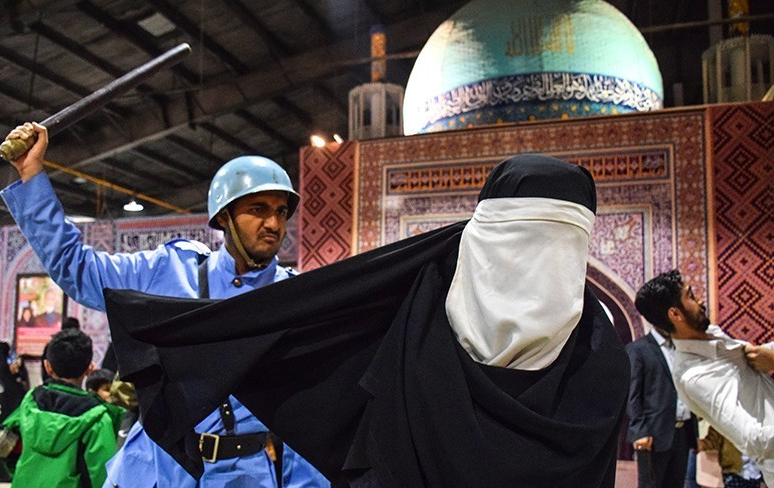
This is the order to deal severely with the defenders of the hijab. There are many narrations in history about the Goharshad tragedy and the shedding of the blood of the pilgrims of the Razavi shrine, but the most interesting of them is perhaps the same story of the Shah courtiers about this bloody violence, and most of all the narration that: they made stacks of the dead. There are different numbers for the victims of Goharshad, and the number of 1,670 people has been repeated the most. It is said that 70 people who took refuge in the huts and corners of the shrine were arrested and buried alive in mass graves with the dead. Witnesses around the shrine also say that the bodies were placed behind trucks and taken away.
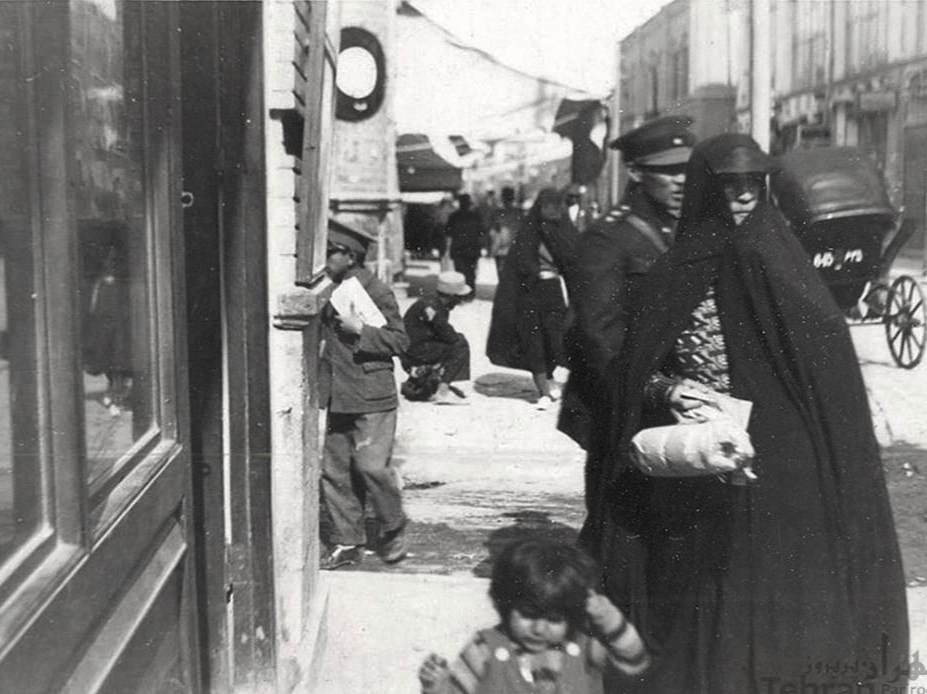
Had not yet reached everywhere
In the first Pahlavi period, various works were done to remove the ugliness of not wearing hijab. The first of them was holding a concert of “Qamar al-Muluk Vaziri” without hijab. Finally, after the law on the discovery of hijab was passed, the Shah took his wife and two daughters, Ashraf and Shams, without hijab. High school students attended the certification ceremony to recognize the law. It is written that some students and women reluctantly discovered the hijab. During the ceremony, they were embarrassed towards the wall all the time, while Reza Shah was delighted with the removal of the prison hijab bars for women and the country, and praised himself in some way.
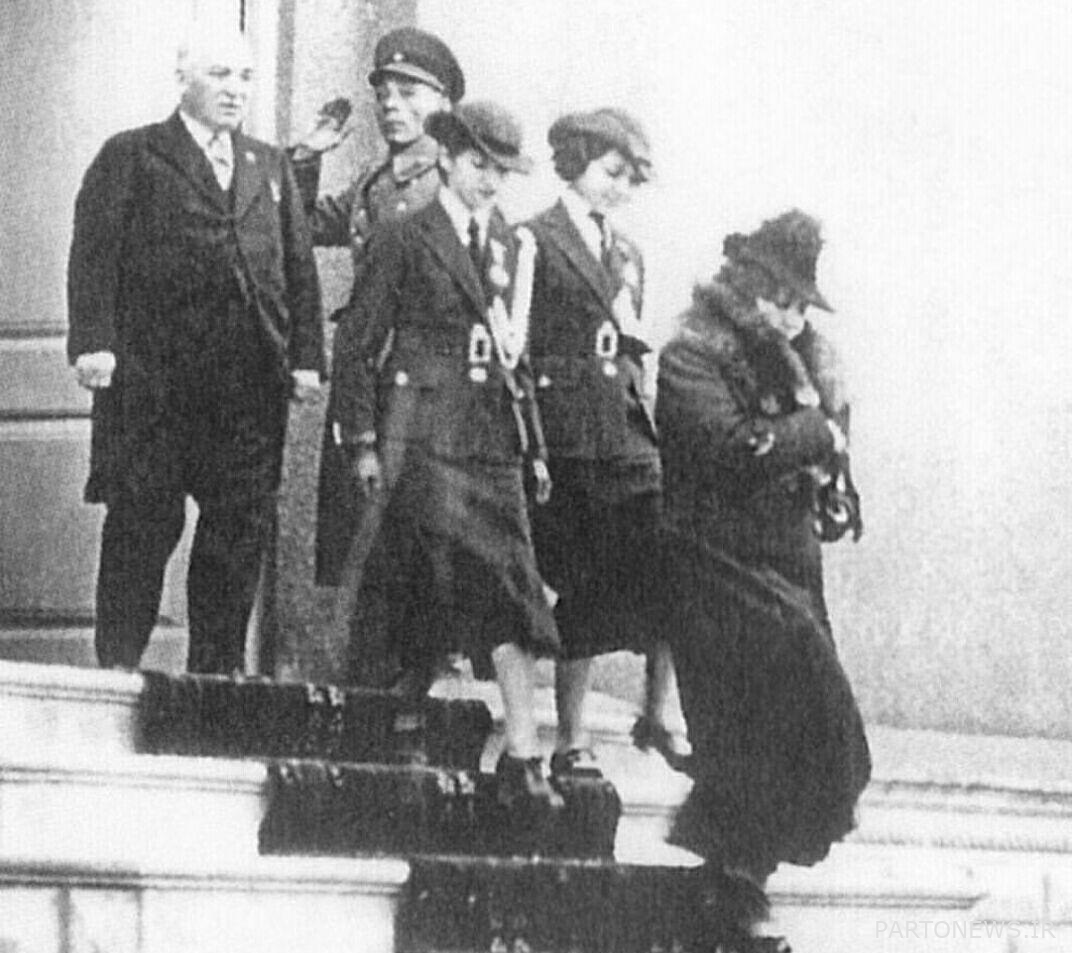
“Ali Asghar Hekmat”, one of the most prominent figures who played a role in the passage of this law and subsequently was able to take the position of minister, divides the reaction of women into two groups. Some came to the streets without hijab, and some were removed from their heads by the violent treatment of the hijab officers. His review of the memories of those days has two sentences and a turning point; Where the group refers to women who want to be unveiled with ugly titles such as “known now” and another where her words testify that this law was forced so suddenly that in some parts of the country some of its implementation is still “unaware” “On the other hand, police officers and police in Tehran and the governorates and districts in the cities and towns of the country, according to the order of the Ministry of Interior, harassed uninformed women and forced them to discover their hijab and even tore their chadors and masks. they did.”

Photos without visual identity
The remaining photos from the discovery of Rezakhani’s hijab also have something to say. An Illyrian, urban, rural, and nomadic lady whose clothing visually matched her visual identity has taken on a strange appearance in the new photos. Nomadic long and flowery skirts were beautifully complemented by traditional scarves, veils and headbands. Now the women wore a fringed coat that they had to wear, and the open hair, which they often wore with the shame of discovering a short hijab, was a mess. Later, according to existing letters, she was even banned from wearing skirts, shirts, and scarves, which some women wore to avoid social presence and to escape without hijab. In their memoirs, court officials willy-nilly recounted aspects of this forced hijab discovery, such as police officers and women attacking veiled women and not even contenting themselves with street chases. They entered the house and life of the wanted veiled lady, opened the box of family clothes and tore the scarves, tents and veils that were there!
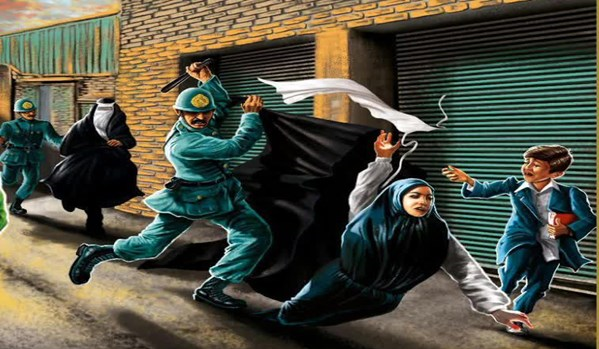
They beat us like dinner prisoners
There are several documents about the physical and mental harm of women at the time of the discovery of the hijab. One of them is a letter from Yazidi women to the then parliament protesting the violence used to uncover the hijab: “God knows that if one of us fell into the hands of a constable with a headscarf or a prayer tent, they would treat us like dinner prisoners. .. »Reviewing some memoirs of famous figures from Pahlavi to the revolution about Iranian women and mothers is not a little thought-provoking, such as the story of Minister of Justice Reza Shah, whose wife’s shame of attending a public assembly without hijab took her life. Memories of women being beaten and stumbled, or aborted by pregnant women, have been cited many times. The women, some of whom did not leave their homes from January 1314 to 1320, that is, the exile of Reza Shah, due to the tyranny of their time and of course their own choice.
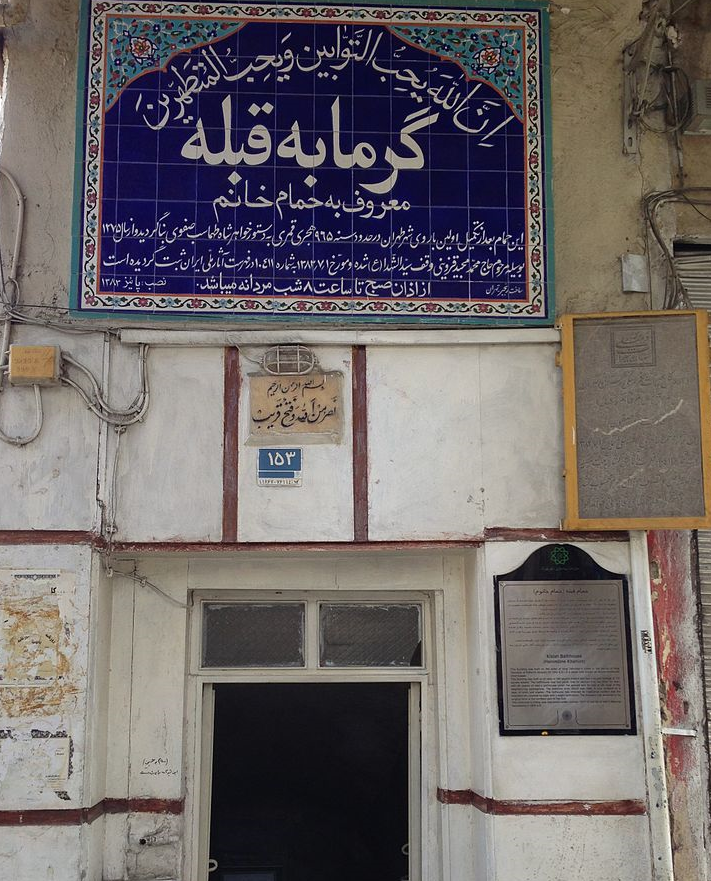
Ladies who were a little lucky!
At that time, the houses did not have bathrooms. In some villages, doors were opened between the houses to allow them to enter the baths and the women to be safe. “Women who came to the bathroom from the neighbors’ roofs were lucky,” said Mohammad Ali Homayoun Katozian, an economics and sociology researcher. It was not possible to travel during the day. It was possible to visit relatives or make a midnight pilgrimage by crossing side passages. The condition for using medical services was the discovery of hijab. Many untreated women may have died at home. Iranian veiled women and girls bathed in hot water in the house for fear of being disturbed. Farmer and nomadic women would leave the house in the dark in the morning and return home in the dark to avoid encountering officers. Many lessons and schools remained.
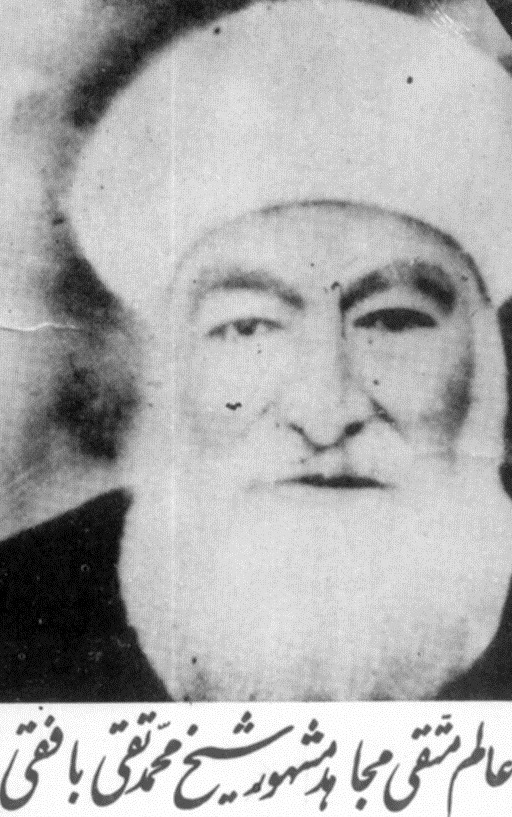
You are no less than Aaron and I …
One of the unfair interpretations to justify the obligatory lack of hijab and denounce the hijab in the first Pahlavi era was that with the help of the media, the pen and thoughts of the so-called intellectuals of the time introduced the hijab as a sign of backwardness and an obstacle to progress and civilization. The Shah of Iran had said that veils and tents should be discarded so that women could work alongside men. He then enforced his law as a release and removal of the hijab captive rods. A law that in practice was nothing more than coercive and violent to achieve compulsory freedom. The Shah did not respect the sanctity of religious places and went to the shrine of Imam Masoumeh (as) with his unveiled wife for the year of delivery. Ayatollah “Mohammad Taqi Bafghi” was a cleric who leaned against the wall of the upper mosque and preached. He had forbidden the king’s wife to deny that this is not the case in the shrine and where is her hijab? The news had reached Reza Shah. He entered the shrine in boots and broke the chandelier with the tip of his sword, rebuked the sheikh and ordered his arrest. The sheikh had also replied: “Neither you are less than Aaron nor I am higher than Musa ibn Ja’far (AS) …”
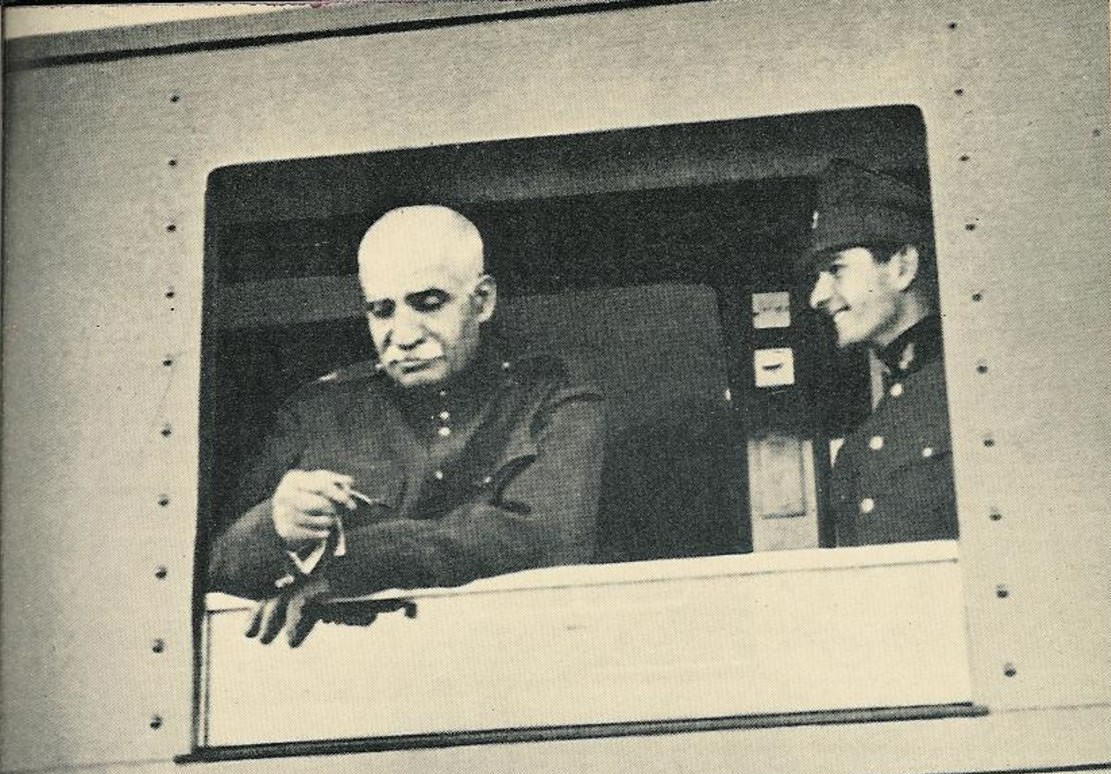
Why did the son revoke the father’s sentence?
In any case, he turned aside the turn of the first Pahlavi era; The British deported him and his son took his place. After him, government centers gradually returned to their former state. September 1323, the law on the discovery of hijab was repealed by the second Pahlavi order. Some attributed it to the young Pahlavi, while Ayatollahs Khansari and Boroujerdi issued fatwas on the necessity of hijab. Some say that the young king, who did not want to repeat a story similar to the fatwa of Mirza Shirazi and the ban on tobacco, made such a decision for the survival of his government.
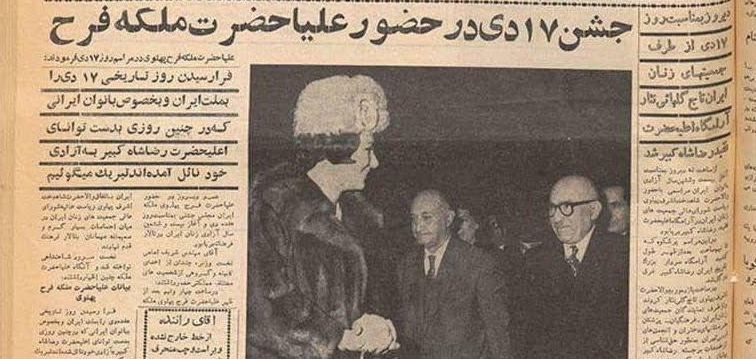
In the words and language of the law, compulsory hijab was abolished during the second Pahlavi era, but in practice, the behaviors were again to encourage non-hijab and insult hijab. Ashraf Pahlavi, after traveling to Morocco and encountering the discovery of the hijab there, had said: “No one except the lower class has kept the hijab.” Meanwhile, every year, the second Pahlavi and his wife participated in the celebration of the 17th of January and the approval of the law on the discovery of hijab.
End of message /
You can edit this post
Suggest this for the front page
.
